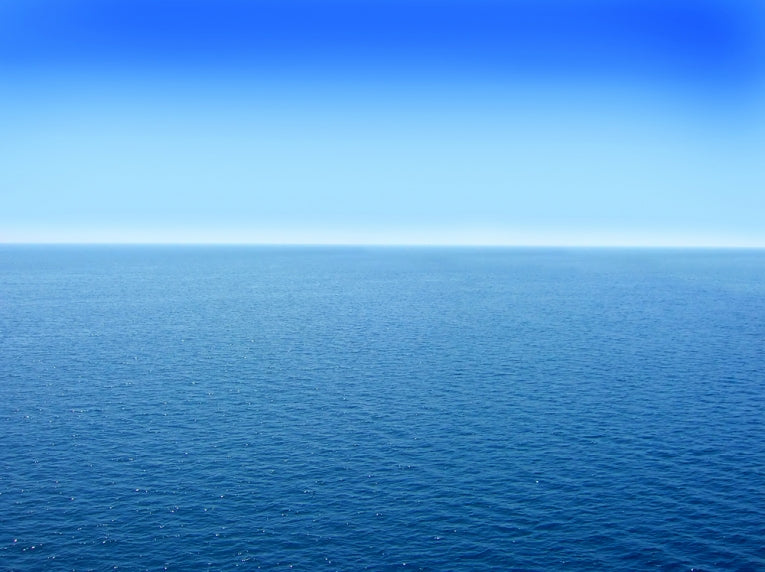A 40-year-old quest of obtaining nuclear power by extracting uranium from seawater, is getting closer, scientists believe.
Seawater holds at least four billion tons of uranium, the American Chemical Society (ACS) national meeting heard.
Scientists taking part in a symposium at the 244th National Meeting & Exposition in Philadelphia, USA, say promising technology and new economic analysis suggest uranium from the seas could increase the potential of nuclear energy as a sustainable electricity source over many years.
Symposium organiser Robin D. Rogers, Ph.D., who talked about his own technology, says, "Estimates indicate that the oceans are a mother lode of uranium, with far more uranium dissolved in seawater than in all the known terrestrial deposits that can be mined.
"The difficulty has always been that the concentration is just very, very low, making the cost of extraction high. But we are gaining on that challenge."
Erich Schneider, Ph.D., who also took part in the symposium, discussed an economic analysis carried out for the U.S. Department of Energy (DOE) that compared the extraction of uranium from seawater to traditional methods of mining ore. The data shows that DOE-funded technology can now extract double the uranium from seawater over initial approaches that began in Japan in the late 1990s.
In turn, production costs fall to around $300 per pound of uranium against $560 per pound through the Japanese technology. Even so, extraction from seawater is still around five times dearer than mining uranium.
Dr Schneider says the current aim is to establish that uranium from the sea can be an "economic backstop" to sustain nuclear power generation through the 21st century and beyond.
Nuclear plants are designed to operate for at least 60 years and so require huge investment. For instance, in 2008 one Florida energy company suggested it would cost over $14 billion to construct a new two-reactor plant. Before investing such vast amounts, energy companies need to be certain that reasonably priced uranium fuel will be available for the next 100 years or so.
Dr Schneider says, "This uncertainty around whether there's enough terrestrial uranium is impacting the decision-making in the industry, because it's hard to make long-term research and development or deployment decisions in the face of big uncertainties about the resource. So if we can tap into uranium from seawater, we can remove that uncertainty."
By using seawater extraction, some of the environmental costs of obtaining uranium ore can be minimised. Unlike mining, there are no problems with producing contaminated wastewater, impacting the environment and causing health issues for miners.
The Japanese technology employs mats consisting of braided plastic fibres that are embedded with compounds that capture atoms of uranium. The mats are 50-100 yards long and are suspended 100-200 yards under the surface. As they are brought to the surface, they are rinsed using a mild acid solution that captures the uranium. The system can be repeated several times.
The next move is to improve the plastic substrate and the compounds that fix onto the uranium, says Dr Rogers. His researchers are testing waste shrimp shells to see if they can make an effective biodegradable absorbent material.










